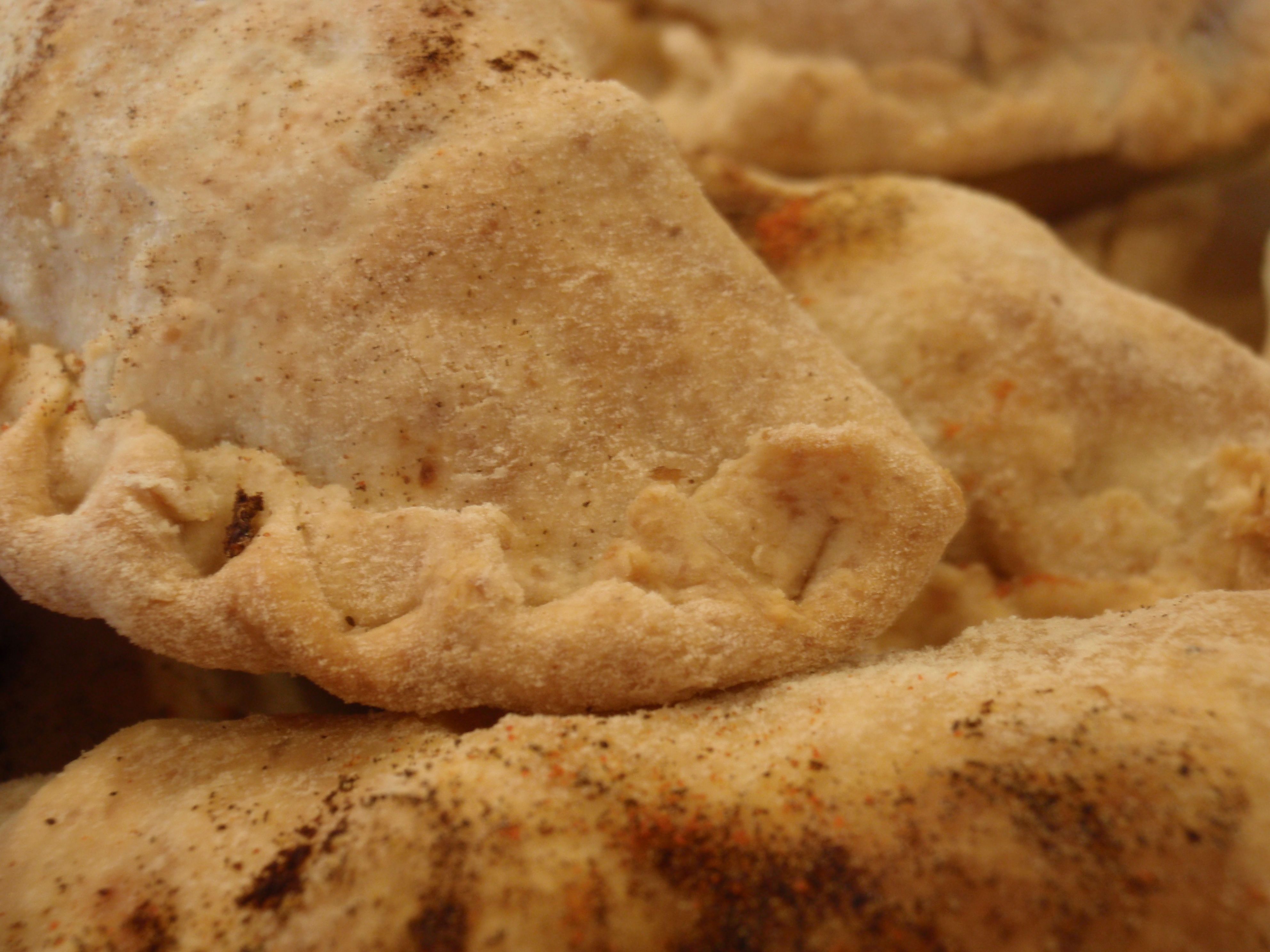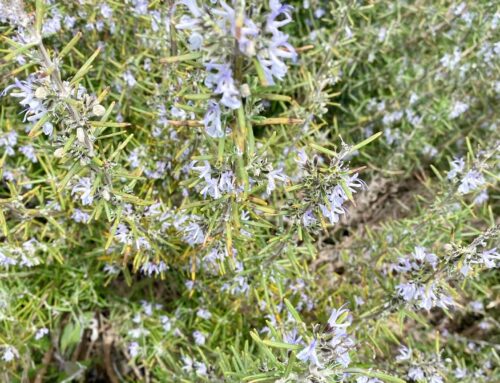Why do we make oat cakes, empanadas and pie crust with lard at Smith Meadows Kitchen? After listening to NPR’s story “Who Killed Lard?” and many questions from Smith Meadows customers, it seemed important to address this on our blog. First lard makes for an incredible, flaky crumble of a taste experience in your mouth. Second it is because it is a natural by-product of the butchering of our pigs, so it is readily available. But, did you know that it can be good for you too? In moderation, we need a variety of fats in our diet. Ideally a healthy mix of monounsaturated and polyunsaturated fats provide a ratio (1:1) of omega-3 and omega-6 fatty acids vital to healthy nervous and vascular systems.
Complex fats are essential building blocks for the protective coating of neurons that transmit important information in our body. Without the complex building blocks provided by these fat molecules, we compromise the ability of our body to maintain healthy brain function. A study of fat consumption in modern, industrialized diets high in manufactured or altered fats (hydrogenated oils and trans fats) shows an increase in type-2 diabetes, heart disease, depression and age-related cognitive decline such as dementia and Alzheimers. It’s worth examining the science behind these studies to figure out how our diets can affect our health.
Here is a succinct explanation of the dangers of manufactured or altered fats in an article published by the Franklin Institute on human brain development: “Normal fatty acids have a natural curve to their molecular shape. When they fit together in vast numbers, enough space still remains so that the membrane has the proper structure it needs to function at its best.
However, if these same fat molecules are changed by manufactured food processes, or if they are heated for long periods – as in deep frying – they mutate into a form rarely found in nature. Now their molecules are straighter, narrower, and no longer have their original curved shape.
This means that these altered fats will pack more tightly together into the cell membrane, making it more saturated and rigid – less flexible and less able to function properly. These altered fats are called “trans fatty acids,” and are finally being recognized for the damage they cause. For half a century, however, hardly any attention was paid to them.”
The key to fat consumption is to eat a proper blend of monounsaturated and polyunsaturated fats that provide your body with omega-3 and omega-6 fatty acids. You don’t want to put damaged fats into your body, which includes fats that have been mutated from oxidation at high heat. Lard happens to have a high smoke point because of the saturated fat content. Another added benefit of our lard from pigs that are grass-fed, is more omega-3 fatty acids. Monounsaturated fats lower total and bad (LDL) cholesterol levels, while increasing good cholesterol (HDL). Polyunsaturated fats lower triglycerides and fight inflammation. Lard is composed of 45% monounsaturated fat and 11% polyunsaturated fats.
Below is a helpful chart in considering fats. The important part of planning a diet is knowing what nutrients you need and what foods provide them. Obviously you need some high-quality fats in your diet to support a healthy body. Know where your fat comes from and how it affects your diet. Smith Meadows lard is wet rendered from the fattiest parts of our grass-fed hogs in a small family operated butcher shop. Nothing is added to it: no preservatives, no chemicals. It is simply a healthy source of essential fats.
Here are some articles for the curious:
Big Giant Head-Evolution of the Human Brain
Interesterification by Mary G Enig, PhD
| Total Fat | Saturated Fat | Monounsaturated Fat | Polyunsaturated Fat | Smoke Point | |
| Sunflower oil | 100g | 11g | 20g | 69g | 225 °C (437 °F)[a] |
| Soybean oil | 100g | 16g | 23g | 58g | 257 °C (495 °F)[a] |
| Olive oil | 100g | 14g | 73g | 11g | 190 °C (374 °F)[a] |
| Corn oil | 100g | 15g | 30g | 55g | 230 °C (446 °F)[a] |
| Peanut oil | 100g | 17g | 46g | 32g | 225 °C (437 °F)[a] |
| Vegetable Shortening (hydrogenated) | 71g | 23g (34%) | 8g (11%) | 37g (52%) | 165 °C (329 °F)[a] |
| Lard | 100g | 39g | 45g | 11g | 190 °C (374 °F)[a] |
| Suet | 94g | 52g (55%) | 32g (34%) | 3g (3%) | 200°C (400°F) |
| Butter | 81g | 51g (63%) | 21g (26%) | 3g (4%) | 150 °C (302 °F)[a] |








